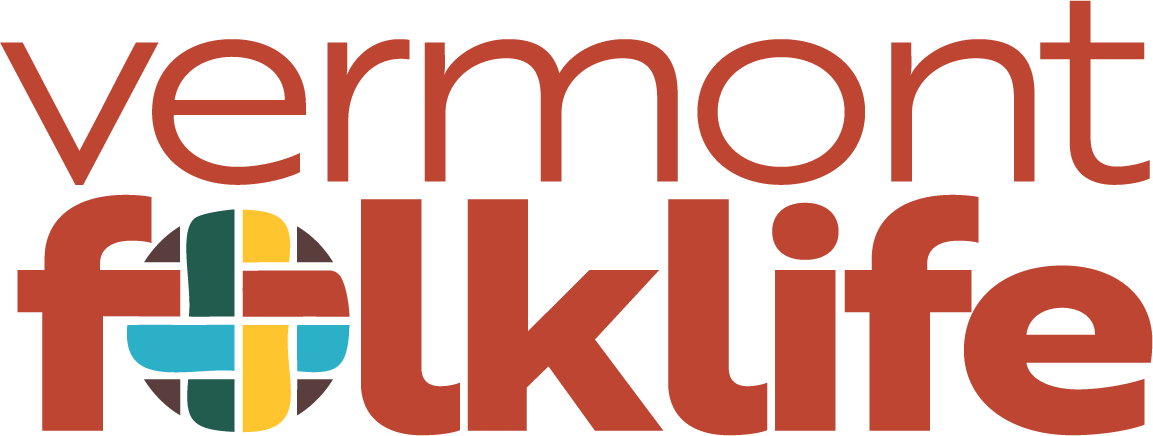GEOMORPH / Things Change, and They Change Again
Five years ago, Tropical Storm Irene changed the landscape and lives of many Vermonters. Chris Triebert was one of them—an artist living and working along the Rock River in South Newfane. Vermonters processed the chaos of the storm, destruction, and recovery in different ways—for Triebert, with time, her experience turned to art making as a way to create visual and emotional order from the chaos.
Remnants of the flood’s aftermath – piles of rocks, strewn debris and littered sand – gave form to the close-up and abstract photographs created by the artist following the flood.
Debris #4
Archival pigment print on wood panel
Limited edition sizes: 12” x 12” and 24” x 24”
Rock #5
Archival pigment print on wood panel
Limited edition sizes: 12” x 12” and 24” x 24”
“When the storm ended, debris, sand, gravel and rocks were strewn all over our property, which sits along the banks of the Rock River in South Newfane. In the following weeks of clean-up, I set aside some of the objects of the flood’s aftermath and observed them closely. I noticed how the rock surfaces, the shapes of debris, and patterns in the sand seemed to reflect each other in an underlying grid of line, form, color, and texture,” she writes.
Triebert printed these photographic made landscapes on wood panels and arranged the pieces into a quilt-like pattern, called GEOMORPH, which fills the main gallery wall at the Vermont Folklife Center.
GEOMORPH / Things Change and They Change Again is a two-part exhibition showcasing Triebert’s Irene-inspired oeuvre—GEOMORPH—along with an ethnographic case study of sorts that explores her motivations for creating this work in response to the storm.
Sandgraph #8
Archival pigment print on wood panel
Limited edition size: 12” x 12 “
“The panels offer infinite possibilities of assembling the images into different grid systems, and each new pattern suggests its own universe of endlessly rearrangeable elements. Just as in nature, no form is permanent,” explains Triebert.
The signature GEOMORPH piece is complemented by materials in the adjoining rooms—then and now photographs, archival footage, candid snapshots of volunteers, scrapbook materials, interviews with Triebert, and an interactive makers component—that invite visitors to explore the progression that lead her to, and through, the creation of this work.
Triebert graciously welcomes this inquiry into her process—and in sharing her own experience, gives visitors an intimate point of reference to reflect on how Vermonters across the state responded to, recovered from, and moved on from Tropical Storm Irene.
A reception and artist talk will be held on October 6th from 5:30-7PM at the Vermont Folklife Center.
The Vision & Voice Gallery is free and open to the public Tuesday through Saturday from 10:00 AM to 5:00 PM. The program is generously underwritten by the Rotary Club of Middlebury, VT, Cabot Creamery, the Vermont Community Foundation, and our membership at large. The Gallery is ADA accessible on the first floor of the Vermont Folklife Center headquarters building at 88 Main Street in Middlebury.
The Vermont Folklife Center's mission is to broaden, strengthen, and deepen our understanding of Vermont and the surrounding region; to assure a repository for our collective cultural memory; and to strengthen communities by building connections among the diverse peoples of Vermont.



